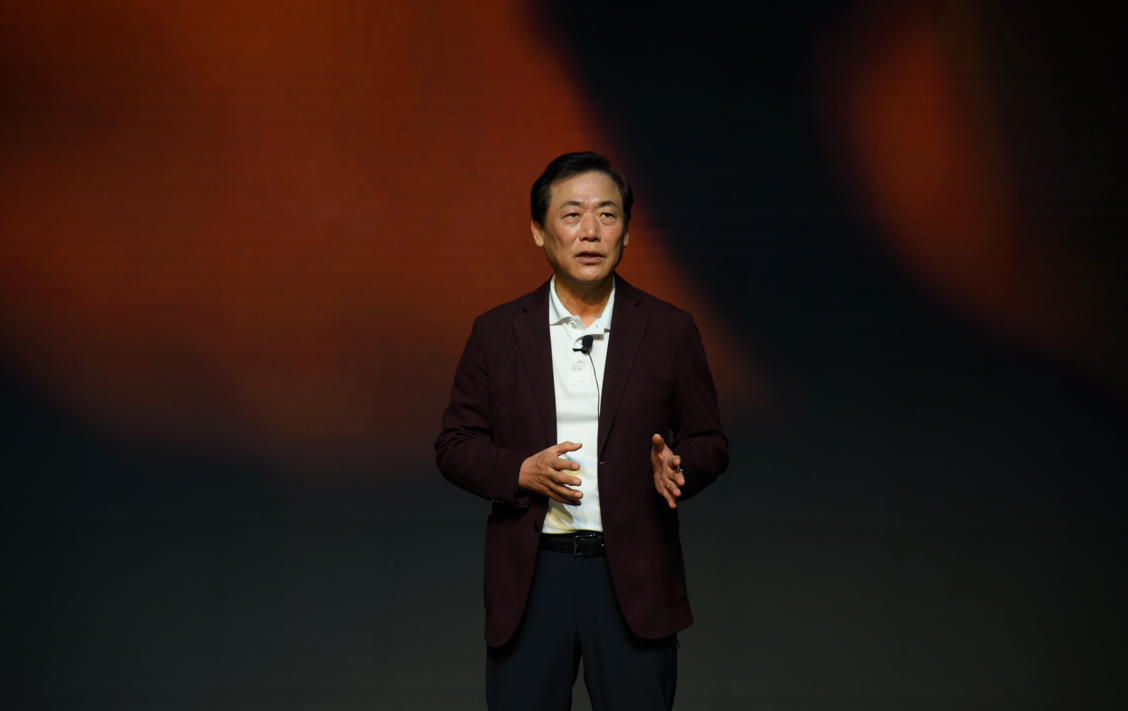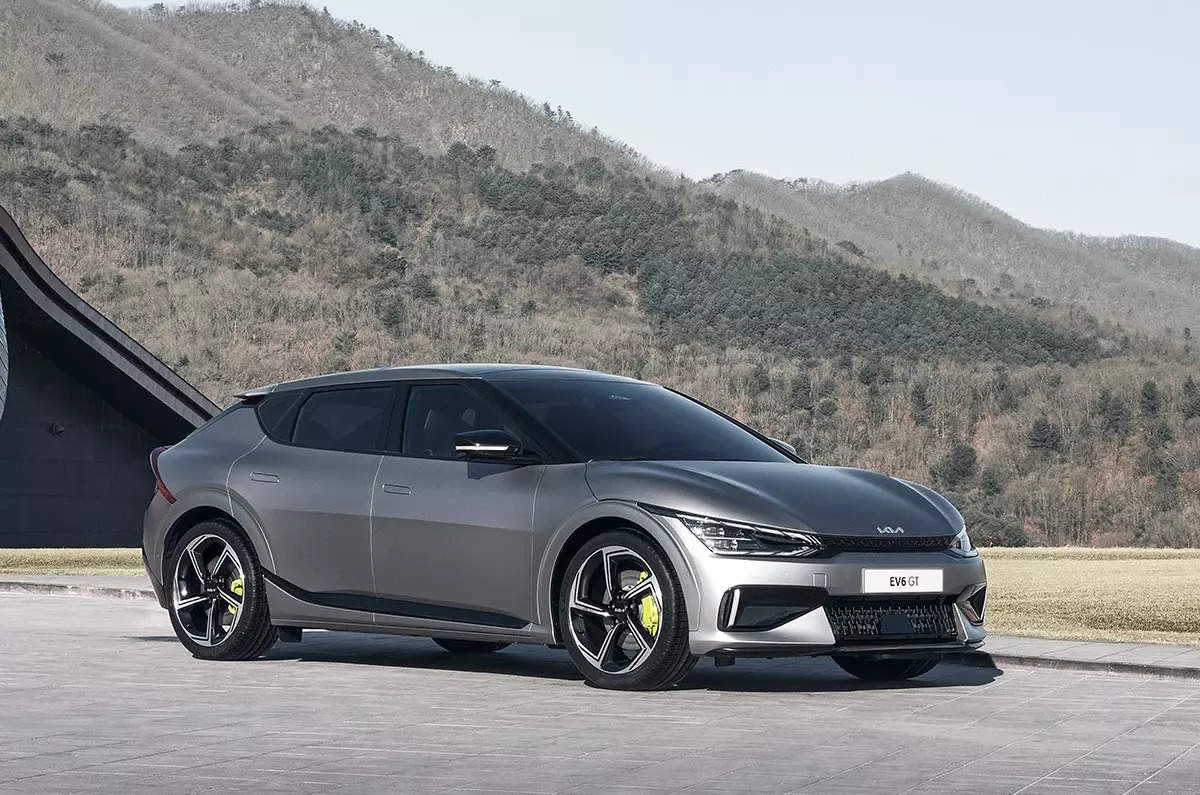
Q: Kia India has largely 3 UVs and one premium EV. With that you have been able to achieve 7% market share. How do you plan to make it 10%, which is your target?
We are working on building Kia 2.0 as India is a long-term bet for us. It is the sixth-largest market for Kia Corporation which contributes 8-9% to our global sales. We see India as a big opportunity for growth and talent. And we are determined to increase the market share in the country to 10%, from 7%, within a few years.
The Indian passenger vehicle market is projected to reach 5 million units, and we aim to secure a 10% share of it – roughly 500,000 units. Our business strategy to achieve this goal includes launching distinctive innovations for new-age customers, while expanding our touchpoints to over 600 by 2028. This increase in our physical presence will allow us to better serve our customers and tap into new markets.
Q: What kind of new products are you working on? Do you plan to enter any new segment?
Next The SUV market in India is poised for continued growth over the next 3-4 years. The share of SUVs in the passenger vehicles segment has surged from 24% in 2018 to an impressive 43% in 2023, and we expect this contribution to grow to even 50% in the next few years. Looking at the opportunity, we plan to launch 3 products next year including a locally manufactured RV (ICE + EV).
Q: Hatchbacks and Sedans still hold ground in the Indian market. What is your view on this?
Given the change in customer preferences, there has been a big shift in the demand curve from hatchbacks and sedans towards SUVs and MPVs in recent years. The latter two categories have emerged as the fastest-growing segments in India, capturing a larger customer base compared to any other vehicle types.
Our ambition is to establish ourselves as the market leader in the SUV segment, and we have no intentions of introducing sedan models in the Indian market. The mid-size SUV is roughly expected to grow at 5% CAGR and the SUV segment is likely to grow between 3-4% (As per industry and our estimates) which will drive the overall SUV segment. We have two very successful products – Seltos and Sonet in this segment which will help us consolidate market share.
What is your electrification plan for India?
We anticipate that the electric vehicle (EV) market in India will experience significant growth by 2025. However, we feel internal combustion engine (ICE) vehicles are expected to coexist with EV for another 10-15 years in India. This differs from the European market, where there has been a more abrupt shift from ICE to EVs.
We believe that, the EV market in India will not completely replace ICE vehicles. However, the total number of EVs in the country presents a significant opportunity for us and other players in the industry. EV sales in India could account for up to 20% of passenger vehicle sales once the market reaches an annual volume of 5 million units. We are working on building more charging infrastructure first to enable this transition.

Q: What percentage would EVs contribute to your total sales?
The EV sales in India could account for 20% of passenger vehicle sales when the market touches the 5 million units mark annually in 2030. We also expect a similar contribution to our sales from EVs.
Q: What about the localization of EV products in India?
We are bringing our recent global innovation – Kia EV9 and an EV version of our locally made RV along with an ICE version in 2025. India will soon become the production hub for strategically designed EV models tailored for emerging markets.
Q: Any fresh investments you are pumping to expand? How much and what all areas?
We will continue investing, innovating, and making in India to enable the future of mobility. Since the transition from ICE to EV will be gradual, we will continue to develop and make strategic investments in both these technologies in India.

















